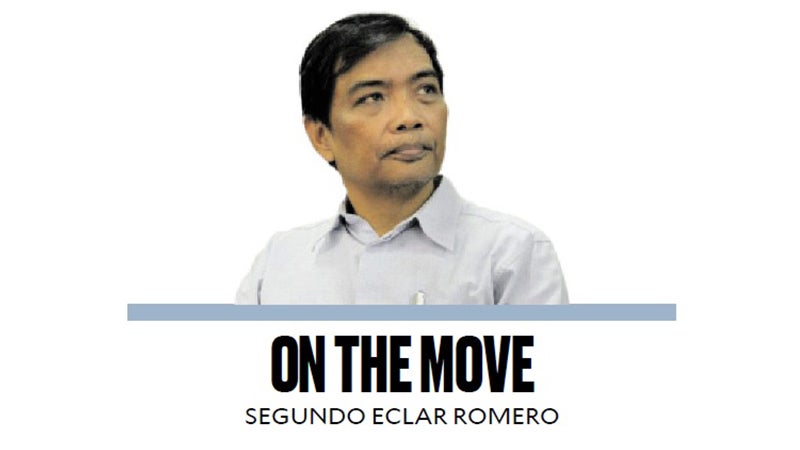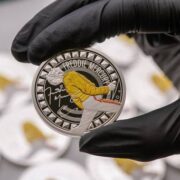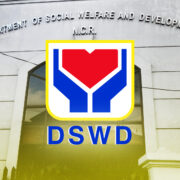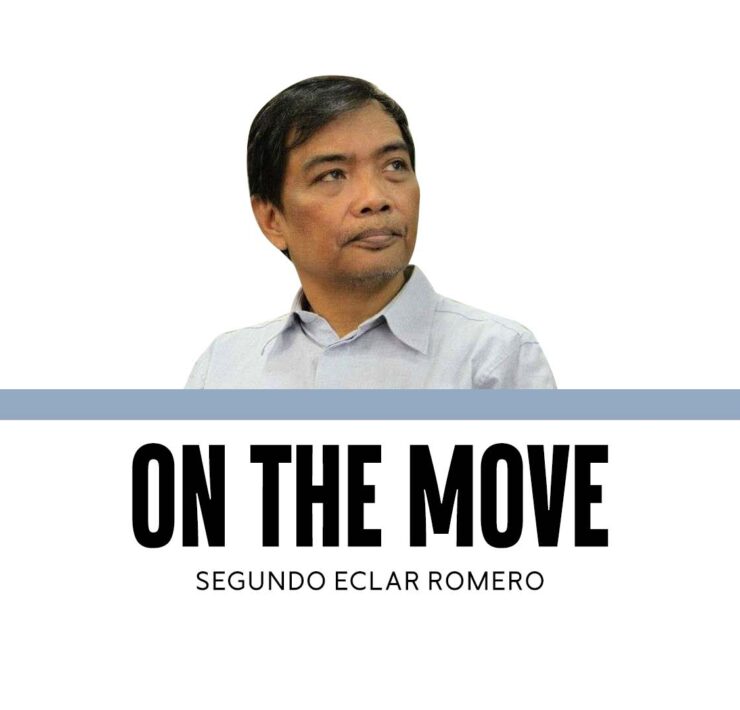The Mount Pinatubo Region Resilience Escalator

When it comes to disaster resilience, the science is clear: vulnerability is local, and so must be the solutions. In the floodplains of Pampanga, in the shadow of the once-erupting Mount Pinatubo, a bold experiment in science-led and community-anchored resilience is unfolding—one that may well change the way we think about local development planning in the Philippines and beyond.
Launched by Future Earth Philippines (FEP) with support from the Department of Science and Technology Provincial Office, the National Academy of Science and Technology and the University of the Philippines Resilience Institute, the Mount Pinatubo Region Resilience Escalator Program is a sweeping initiative running from 2025 to 2030. It seeks nothing less than to redefine the relationship between science, governance, and society by using science as an active ingredient—not just a background resource—in local SDG problem-solving.
The Resilience Escalator is built around the principle that resilience must be grown, nurtured, and scaled—like a rising escalator, gradually lifting communities to greater readiness and capacity.
The first phase of the program focuses on Pampanga and its 22 municipalities and cities. Later phases aim to extend to Bulacan and Tarlac and eventually to Zambales, Bataan, Nueva Ecija, and Aurora. Each local government unit is not merely a recipient of aid or advice—it is a co-designer, co-investor, and co-implementor.
At the core of the program is a robust co-diagnosis component—a multi-layered process that anchors the science into the lived realities of local communities. For each local government unit, five barangays are selected to represent the range of local hazards – typhoons, flooding, landslides, droughts, fires, and earthquakes. From each barangay, seven key population segments -women, men, youth, seniors, PWDs, LGBTQ+ individuals, and indigenous peoples -are each represented by five respondents. This deep segmentation allows for a granular, participatory assessment of vulnerabilities, resources, and self-help capacities, giving municipalities an unprecedented data foundation for truly inclusive planning.
The diagnostics employ three powerful tools: the Comprehensive Problem and Objectives Tree Method, the Community Resilience Scorecard, and the Community Transformability Scorecard (CRS+TSC). Together, these instruments create a baseline not only of risk but also of potential.
The pretesting of these tools was undertaken last Wednesday in Barangay Alasas, San Fernando City with the participation of the City College of San Fernando and barangay officials. The logistics of the main province-wide survey will be jointly supported by the Provincial Science and Technology Office and the Provincial Disaster Risk Reduction and Management Office of Pampanga. Technical facilitation and data interpretation are provided by the Pampanga Universities Sustainability Action Network, whose member institutions are helping lead the implementation across the province.
The Resilience Escalator is not just about tools—it’s about transformation through training. The flagship 3C-SHIELD Project—a six-day intensive course on strategic hazard intervention for enhancing local development—is designed to empower local planners to create working Comprehensive Development and Land Use Plans grounded in the diagnostic results. It’s science translated into planning, informed by the people who know their communities best.
The FEP has also initiated a Universities Sustainability Action Network at the national level, launched in 2023, with Cavite State University, Eastern Visayas State University, and Mindanao State University–Iligan Institute of Technology as regional hubs for Luzon, the Visayas, and Mindanao, respectively. These nodes are preparing to replicate the Pampanga experience in their regions, turning the escalator into a nationwide movement.
Each Thursday, from 7 a.m. to 8 p.m., project stakeholders gather for a weekly coordination meeting, where implementation issues are addressed and conceptual progress is discussed. Every Friday, the FEP also hosts the SDG Action Hour, a nationwide broadcast showcasing science and technology initiatives across disciplines and sectors. This initiative – now past its 100th episode milestone – serves as both a platform and archive, celebrating Philippine science while sharing ideas for action.
This is what the Mount Pinatubo Region Resilience Escalator is ultimately about: amplifying the power of science and technology in solving SDG challenges at the community level. It is about seeing knowledge not just as information, but as fuel for imagination, inclusion, and impact.
It is about showing that even without a large budget, with vision, collaboration, and relentless commitment, we can escalate the quality and depth of local planning and governance—one barangay, and one planner at a time.
If we are to confront the crises of the 21st century – climate change, inequality, disaster risk, and fragile governance – then we must do more than adapt. We must transform. And in Pampanga, SDG transformability action has begun.


















